The intersection of sound and light has long fascinated artists and technologists alike, creating a mesmerizing fusion where music transcends auditory boundaries to become a visual spectacle. Sound visualization, the process of converting musical elements into dynamic light displays, is more than just a technical feat—it’s an artistic revolution. From concert halls to immersive installations, this synergy of audio and visuals is redefining how we experience music, turning melodies into radiant landscapes that dance before our eyes.
At its core, sound visualization is about translating the intangible qualities of music—rhythm, pitch, and intensity—into tangible visual forms. Advanced software and hardware systems analyze audio signals in real-time, mapping frequencies to colors, shapes, and movements. For instance, a deep bass note might trigger a pulsating red orb, while a high-pitched violin could send delicate blue ripples across a screen. The result is a synchronized performance where light doesn’t merely accompany sound but embodies it, creating a multisensory narrative that resonates on a deeper emotional level.
The origins of this art form trace back to the early 20th century, with pioneers like Wassily Kandinsky and Oskar Fischinger experimenting with abstract animations tied to musical compositions. Today, modern technology has amplified these possibilities exponentially. LED walls, laser projectors, and interactive sensors allow for unprecedented precision and scale, enabling artists to craft entire environments that respond to live music. Festivals like Coachella and Burning Man have become showcases for these innovations, where towering light sculptures and immersive domes transform stages into otherworldly realms.
One of the most compelling aspects of sound visualization is its ability to democratize music appreciation. For the hearing-impaired, visual representations of sound offer a unique way to "hear" music through sight. Projects like “Subpac” and “Vibrato” combine tactile vibrations with light patterns, creating a holistic experience that bypasses traditional auditory channels. This inclusivity underscores the transformative power of merging senses, proving that art can adapt to diverse audiences without losing its essence.
Behind the scenes, the technology driving these displays is as complex as it is creative. Real-time audio analysis tools, such as Fast Fourier Transform (FFT) algorithms, dissect music into its component frequencies, while generative design software like TouchDesigner or Notch translates this data into visual output. Artists often spend months fine-tuning these systems, ensuring that every flicker and fade aligns perfectly with the music’s emotional arc. The marriage of coding and artistry here is seamless—a testament to how far interdisciplinary collaboration has come.
Yet, for all its technical sophistication, the magic of sound visualization lies in its emotional impact. There’s something primal about seeing sound, as if the music has broken free from its invisible confines to manifest in the physical world. Audiences often describe these experiences as "seeing the music’s soul," a phrase that captures the ineffable connection between sound and light. Whether it’s a serene ambient piece visualized as undulating waves or a thunderous electronic drop erupting into a starburst of light, the effect is universally stirring.
Looking ahead, the future of sound visualization is boundless. With advancements in virtual reality (VR) and augmented reality (AR), we’re on the cusp of even more immersive encounters. Imagine donning a headset and stepping inside a song, surrounded by swirling colors that morph with each note. Or walking through a city where buildings pulse in harmony with a shared playlist. As technology continues to blur the lines between senses, one thing is certain: the way we see and hear music will never be the same.
In the end, sound visualization is more than a technical marvel—it’s a new language of expression. By giving music a visible form, it invites us to experience sound in ways we never thought possible, bridging gaps between senses, cultures, and abilities. As artists and engineers push the boundaries further, we’re not just witnessing the evolution of music; we’re seeing it, feeling it, and living it in full spectrum.
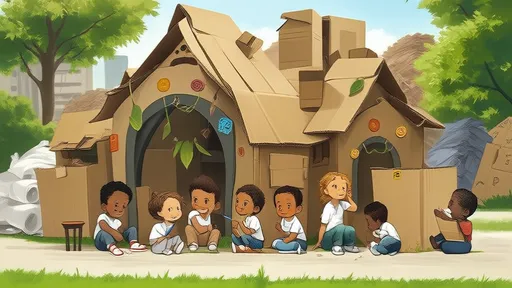
By /Jul 9, 2025
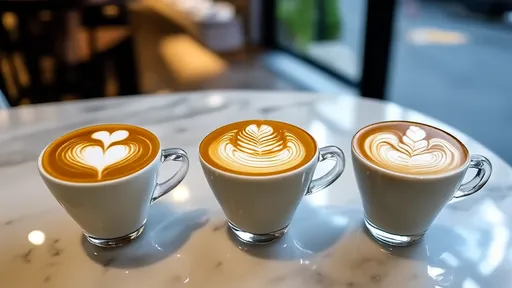
By /Jul 9, 2025
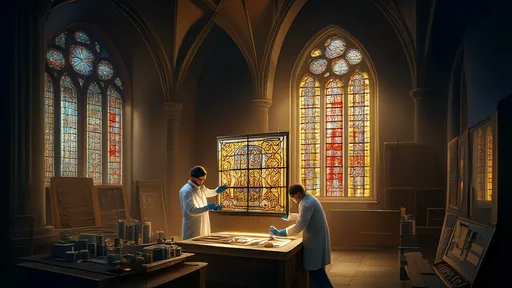
By /Jul 9, 2025
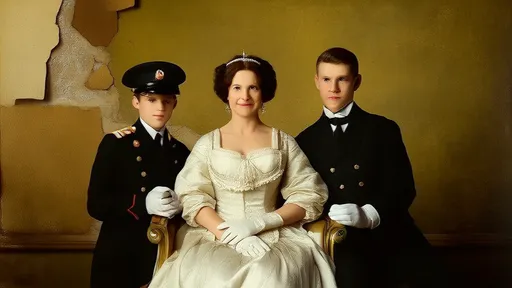
By /Jul 9, 2025
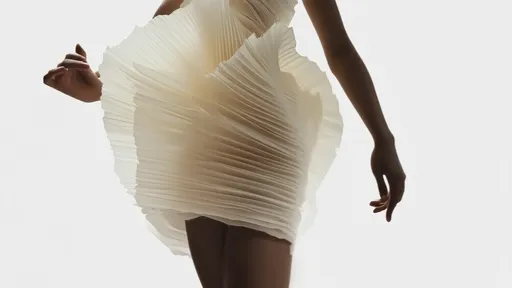
By /Jul 9, 2025

By /Jul 9, 2025

By /Jul 9, 2025
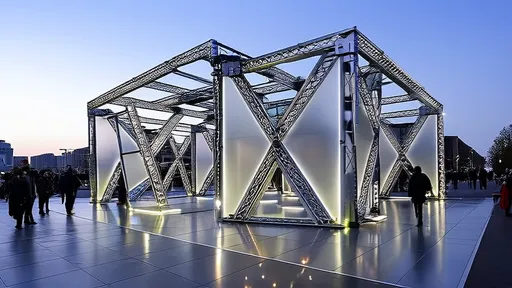
By /Jul 9, 2025
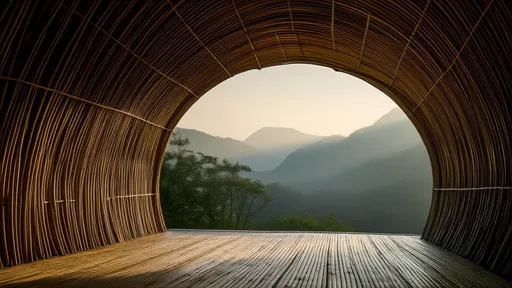
By /Jul 9, 2025
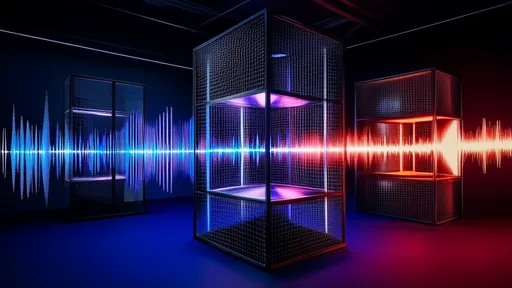
By /Jul 9, 2025
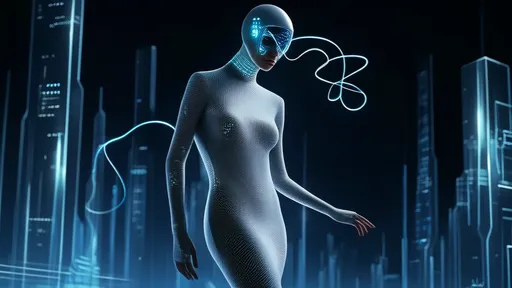
By /Jul 9, 2025
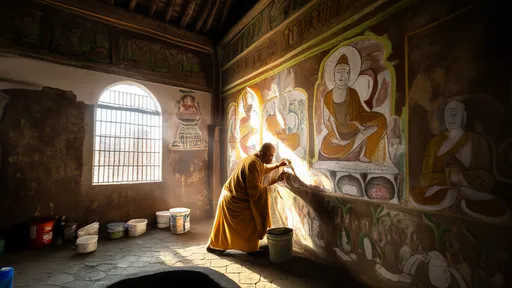
By /Jul 9, 2025
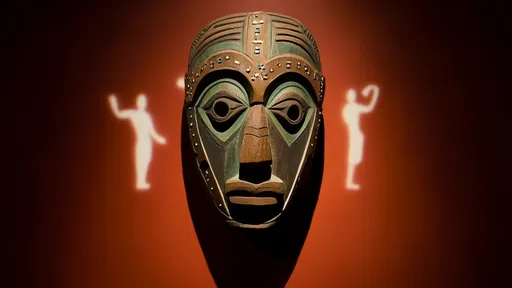
By /Jul 9, 2025
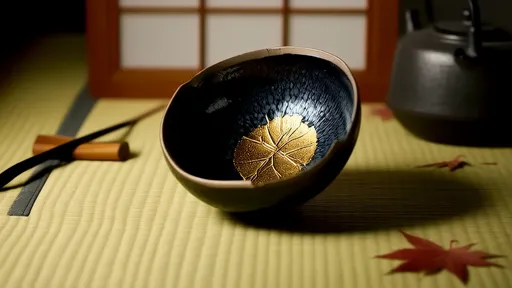
By /Jul 9, 2025
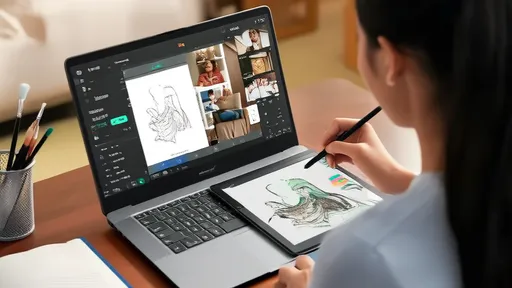
By /Jul 9, 2025
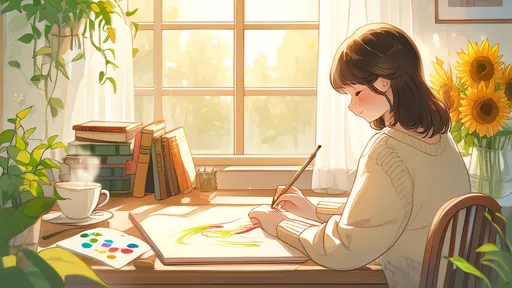
By /Jul 9, 2025
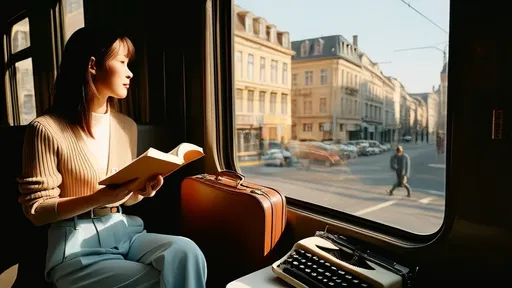
By /Jul 9, 2025
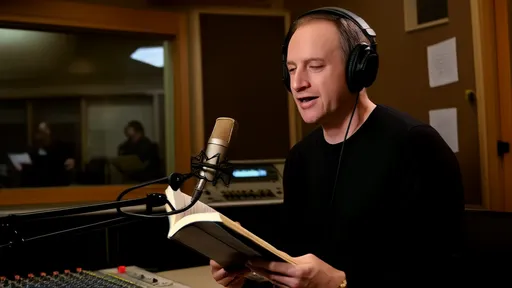
By /Jul 9, 2025